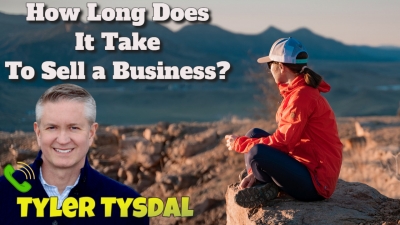To keep knowing and advancing your profession, the following resources will be useful:.
Development equity is often explained as the personal investment method inhabiting the happy medium in between equity capital and traditional leveraged buyout strategies. While this might hold true, the strategy has progressed into more than just an intermediate private investing method. Growth equity is often described as the personal financial investment method occupying the happy medium between equity capital and traditional leveraged buyout techniques.
This mix of factors can be engaging in any environment, and much more so in the latter stages of the market cycle. Was this short article valuable? Yes, No, END NOTES (1) Source: National Center for the Middle Market. Q3 2018. (2) Source: Credit Suisse, "The Incredible Diminishing Universe of Stocks: The Causes and Effects of Less U.S.

Option financial investments are intricate, speculative investment automobiles and are not suitable for all financiers. A financial investment in an alternative investment entails a high degree of threat and no guarantee can be offered that any alternative financial investment fund's investment objectives will be accomplished or that investors will receive a return of their capital.
This market info and its importance is an opinion only and ought to not be trusted as the only important info available. Details included herein has been obtained from sources believed to be dependable, however not guaranteed, and i, Capital Network assumes no liability for the info provided. This details is the residential or commercial property of i, Capital Network.
they utilize take advantage of). This financial investment technique has assisted coin the term "Leveraged Buyout" (LBO). LBOs are the primary investment method kind of most Private Equity companies. History of Private Equity and Leveraged Buyouts J.P. Morgan was considered to have actually made the very first leveraged buyout in history with his purchase of Carnegie Steel Business in 1901 http://ricardoxqcx824.bearsfanteamshop.com/private-equity-industry-overview-2021-tyler-tysdal from Andrew Carnegie and Henry Phipps for $480 million.
As mentioned previously, the most well-known of these offers was KKR's $31. 1 billion RJR Nabisco buyout. This was the biggest leveraged buyout ever at the time, numerous people believed at the time that the RJR Nabisco deal represented the end of the private equity boom of the 1980s, since KKR's investment, nevertheless popular, was ultimately a substantial failure for the KKR financiers who purchased the business.
In addition, a great deal of the money that was raised in the boom years (2005-2007) still has yet to be utilized for buyouts. This overhang of dedicated capital prevents numerous investors from committing to buy brand-new PE funds. Overall, it is approximated that PE firms handle over $2 trillion in possessions worldwide today, with near $1 trillion in committed capital available to make brand-new PE financial investments (this capital is often called "dry powder" in the market). .
For example, a preliminary investment could be seed funding for the business to begin developing its operations. Later, if the company shows that it has a viable product, it can acquire Series A funding for more development. A start-up business can complete a number of rounds of series financing prior to going public or being acquired by a financial sponsor or tactical buyer.
Top LBO PE firms are identified by their big fund size; they have the ability to make the biggest buyouts and take on the most debt. However, LBO transactions are available in all sizes and shapes - Denver business broker. Overall transaction sizes can vary from tens of millions to 10s of billions of dollars, and can occur on target companies in a wide array of industries and sectors.
Prior to executing a distressed buyout opportunity, a distressed buyout firm has to make judgments about the target business's value, the survivability, the legal and reorganizing concerns that may occur (must the business's distressed assets require to be reorganized), and whether or not the financial institutions of the target company will end up being equity holders.
The PE company is needed to invest each particular fund's capital within a period of about 5-7 years and after that usually has another 5-7 years to sell (exit) the financial investments. PE companies normally use about 90% of the balance of their funds for brand-new investments, and reserve about 10% for capital to be used by their portfolio companies (bolt-on acquisitions, additional readily available capital, and so on).
Fund 1's committed capital is being invested over time, and being returned to the limited partners as the portfolio companies in that fund are being exited/sold. As a PE firm nears the end of Fund 1, it will need to raise a new fund from brand-new and existing minimal partners to sustain its operations.